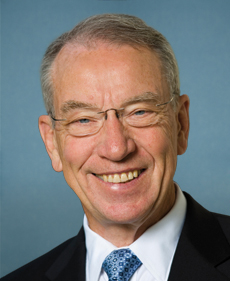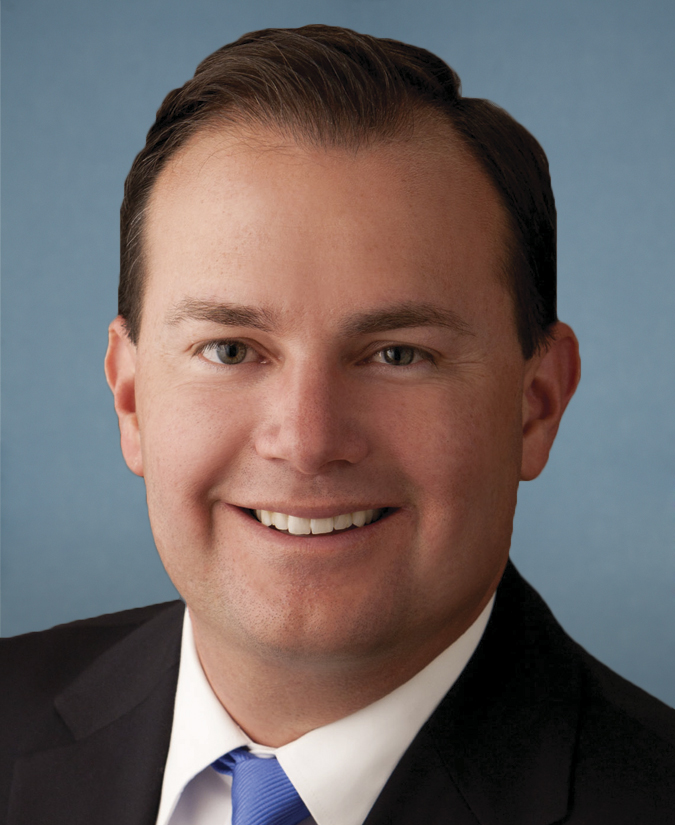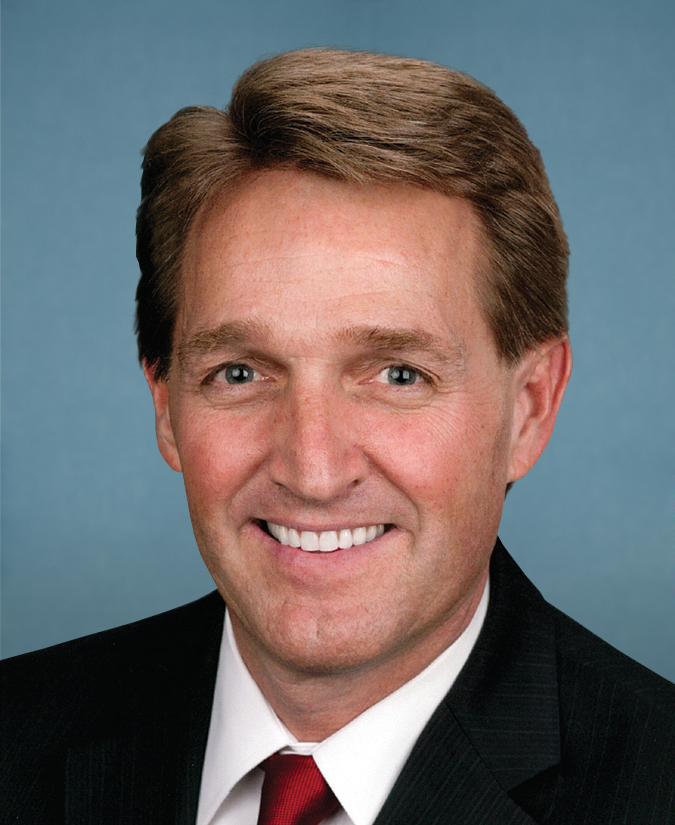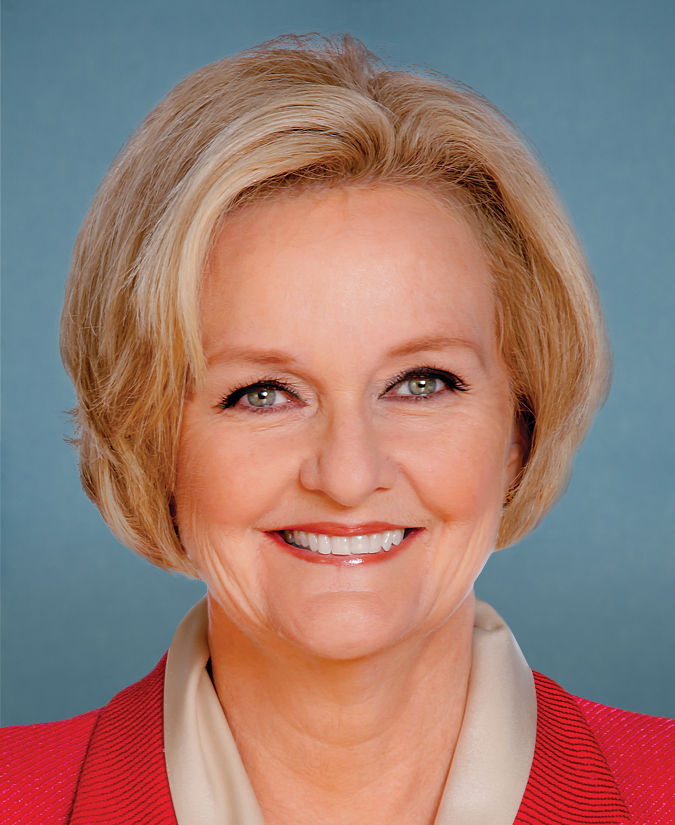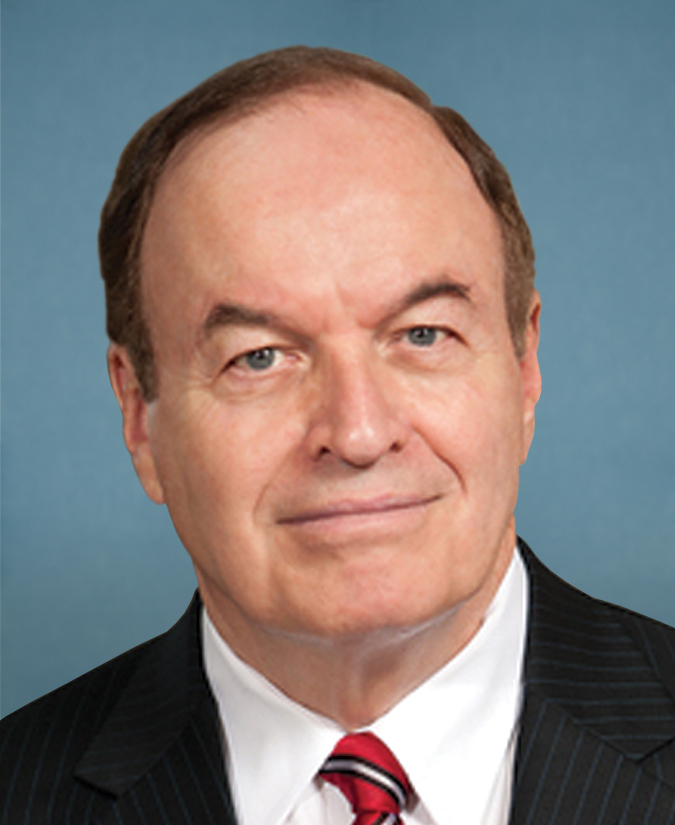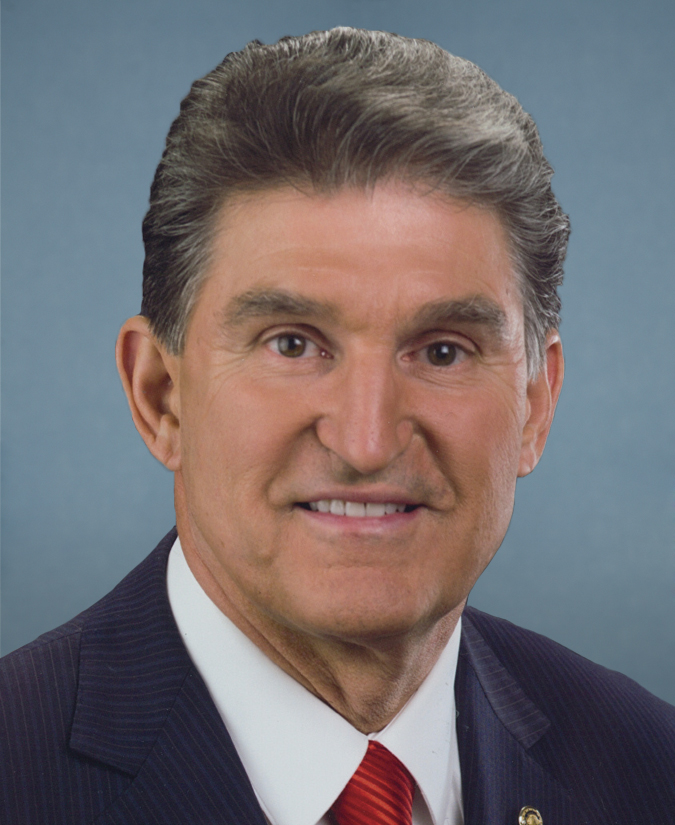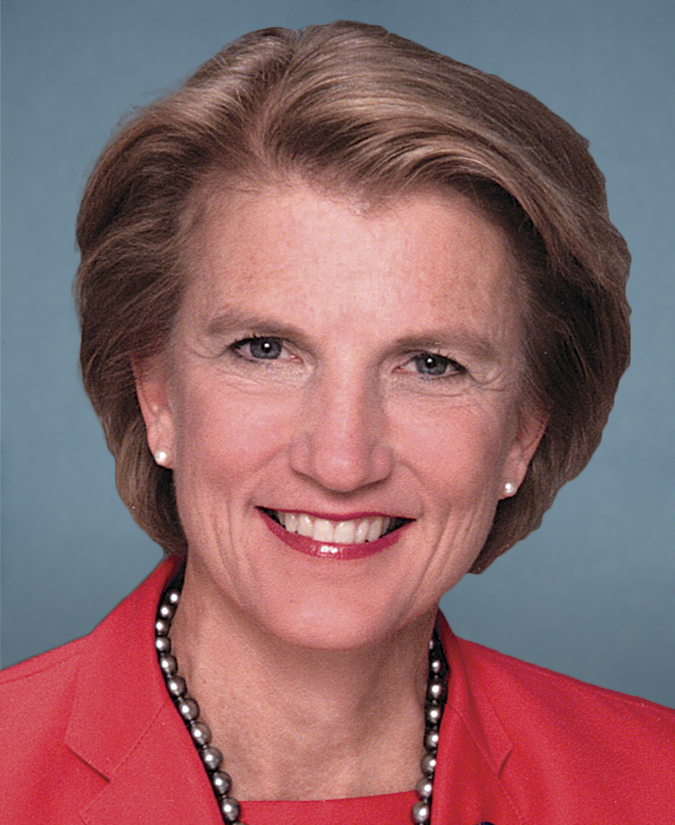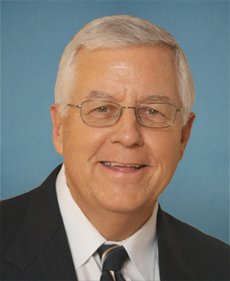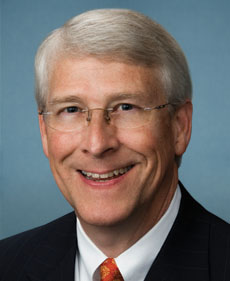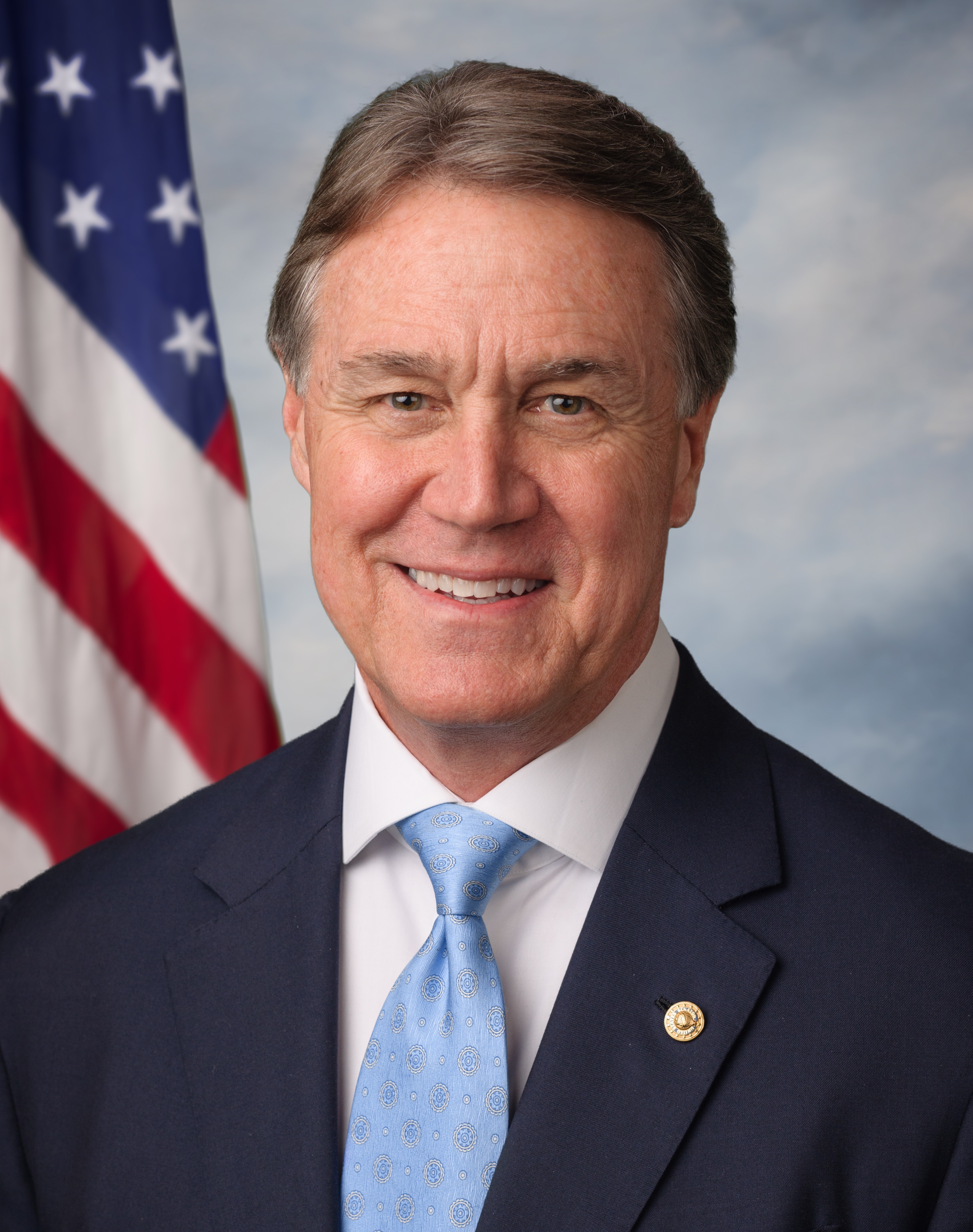
S 1140 Federal Water Quality Protection Act
US Congress 114th Congress
Federal Water Quality Protection Act
S.1140
About S.1140
Federal Water Quality Protection Act
Back to top
Section 2
This bill states as the policy of the Federal Water Pollution Control Act (commonly known as the Clean Water Act) cooperative federalism and consultation with states in the protection of water resources.
Back to top
Section 3
The bill defines new terms used in this bill, including "body of water," "interstate waters," "traditional navigable water," and "wetlands".
Back to top
Section 4
The bill nullifies a revision to or guidance on a regulatory definition of the term "navigable waters" or "waters of the United States" promulgated or issued pursuant to the Clean Water Act after February 4, 2015:
- (1) unless the revision adheres to the principles in this bill, and
- (2) until after the U.S. Army Corps of Engineers (Corps of Engineers) and the Environmental Protection Agency (EPA) carry out the requirements of this bill
In promulgating a revised regulatory definition, the Corps of Engineers and the EPA must adhere to three principles. First, the Clean Water Act is an Act to protect traditional navigable waters from water pollution. Second, the definition of "waters of the United States" should identify bodies of water subject to federal jurisdiction and should include: traditional navigable waters and interstate waters; certain lengths of streams that are drinking water source protection areas; certain lengths of streams with surface flow in a normal year of sufficient volume, duration, and frequency that pollutants in that length of stream would degrade the water quality of a connected traditional navigable water, based on a quantifiable and statistically valid measure of flow; and wetlands situated next to a water of the United States that, in a normal year, prevent the movement of pollutants to a navigable water. Third, the definition should not include the following: water located below the surface of the land; water not located within a body of water; natural or man-made isolated ponds; water management systems used for collecting, conveying, holding or treating stormwater, wastewater, water supplies, agricultural water, or silvicultural water; lengths of streams that do not have enough surface flow of volume, duration, and frequency in a normal year to degrade the water quality of a traditional navigable water; prior converted cropland; and water removed from the waters of the United States pursuant to a permit for construction of structures in or over any navigable water of the United States or a permit for the discharge of dredged or fill material into the navigable waters at specified disposal sites. The bill outlines the circumstances in which some water management systems may still be considered to be waters of the United States. In promulgating a revised definition of waters of the United States, the Corps of Engineers and the EPA must consider that a basis for establishing federal jurisdiction under the Clean Water Act is not created by: the use of a body of water by an organism, including a migratory bird; the supply of water to a groundwater aquifer and the storage of water in an isolated body of water; and the connection of all water through the water cycle. The Corps of Engineers and the EPA should identify waters of the United States on maps to promote certainty and transparency in jurisdictional determinations. The bill outlines the process that the EPA and the Corps of Engineers must follow in proposing or promulgating a rule revising a definition. The Corps of Engineers and the EPA must ensure compliance with the federalism policy making criteria and consultation requirements in accordance with Executive Order 13132, regardless of whether they determine that the rule would have any substantial and direct effect on states, the relationship between the federal government and the states, or the distribution of power and responsibilities among the various levels of government. Before publishing a rule with a revised regulatory definition, the Corps of Engineers and the EPA must consult on alternative approaches to the proposal by seeking input from Governors, state departments with authority over water supply and quality, state departments of agriculture, and local governments. The topics of consultation must include: categories of waters that should be subject to federal jurisdiction, role of the states, and whether channels in which water is present only during or for a short time after a precipitation event are correctly categorized as geomorphological features rather than hydrologic features. In proposing and promulgating such rule, the Corps of Engineers and the EPA must: conduct a regulatory flexibility analyses and gather comments from small entities as required under the Regulatory Flexibility Act, regardless of whether the rule would significantly impact a substantial number of small entities; evaluate the intergovernmental and private sector impacts of the rule under title II of the Unfunded Mandates Reform Act of 1995, regardless of whether they consider the impacts of the rule to be direct or indirect, or whether they determine the expenditures resulting from the rules would meet the monetary thresholds established under that Act; follow Executive Orders 12866 and 13563 with respect to improving regulation and regulatory review, regardless of whether they consider the rule to be a significant regulatory action or whether the rule will have a significant effect on state, local and tribal governments; and consider Executive Order 13604 with respect to federal permitting and review of infrastructure projects. The Corps of Engineers and the EPA must report on compliance with those regulatory review and process requirements 30 days before issuing proposed regulations.
Back to top
Section 5
After providing public notice and an opportunity for comment, the Corps of Engineers must establish quantifiable and statistically valid measures of the volume, duration, and frequency of flow in streams in different geographic areas that would, in a normal year, allow pollutants in lengths of streams in those geographic areas to flow to and degrade the water quality of a traditional navigable water.
Back to top
Section 6
The Government Accountability Office must issue a report on jurisdictional determinations every three years, including descriptions of the interpretations of the regulation by the districts of the Corps of Engineers and the EPA's regional offices, measures to reduce any inconsistent interpretations, and the impacts of those interpretations on federal permitting and review of infrastructure projects.
Back to top
Section 7
Nothing in this Act: limits the authority of the Corps of Engineers or the EPA to require a permit for any discharge of pollutants to a navigable water under the Clean Water Act, or to take any enforcement action with respect to an unpermitted discharge under that Act; affects a determination of whether the transfer of water from one body of water to another requires a permit under the national pollutant discharge elimination system; and limits the scope of water subject to state jurisdiction under state law.
Bill Texts
Introduced 07/17/2015
Introduced 05/14/2015
Weigh In
No votes yet!
Cast yours now to be the first.
Spread the Word!
Sponsors (48)
